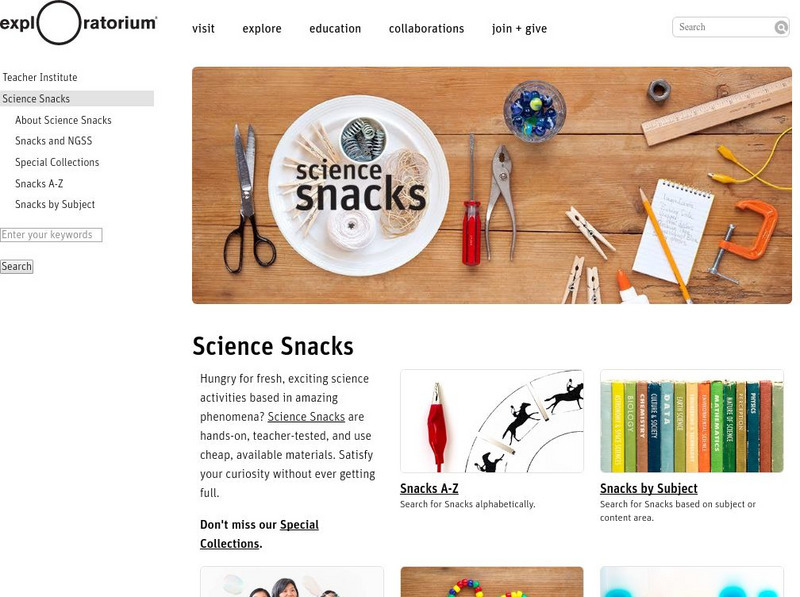Hi, what do you want to do?
Science Buddies
Science Buddies: Measuring Speed of Moving Objects With Stroboscopic Photography
A strobe light can illuminate an entire room in just tens of microseconds. Inexpensive strobe lights can flash up to 10 or 20 times per second. This project shows you how to use stroboscopic photography to analyze motion.
Science Buddies
Science Buddies: Ozone Depletion
The ozone layer is important for blocking most of the harmful radiation that comes from the sun. You can find maps of the ozone layer and compare different regions of the globe for ozone coverage. Some scientists think that aerosols in...
Science Buddies
Science Buddies: Porosity
Soils are made of particles of different types and sizes. The space between particles is called pore space. Pore space determines the amount of water that a given volume of soil can hold. Porosity is the percentage of the total volume of...
Science Buddies
Science Buddies: Composting and Vermiculture
Make your own fertile soil using kitchen scraps, manure, leaves, grass clippings, and other compostable materials. Which materials make the best compost?
Science Buddies
Science Buddies: Measuring Velocity With a Video Camera
A video camera records 30 "frames" or distinct images per second. (That's for an NTSC camera in the U.S. PAL cameras in other areas of the world take 25 frames per second.) You can use this fact to time events and measure velocity. One...
Science Buddies
Science Buddies: Camera 'Shakes'
You can compare the picture quality for photos taken at different shutter speeds with the camera handheld vs. with the camera on a tripod. (This is best done with a camera that has manual exposure control.)
Science Buddies
Science Buddies: Digital Image Processing
Students who are mathematically inclined can use the student version of a program like MatLab or Mathematica to convert a digital image into numbers, then perform operations such as sharpening or special effects. This is a great way to...
Science Buddies
Science Buddies: Image Compression
Compare the strengths and weaknesses of different digital image formats. How does the amount of compression affect a JPEG image? What happens when you save a JPEG image multiple times?
Science Buddies
Science Buddies: Disinfectants
This experiment asks you to compare different types of cleaning agents. Household cleaning products, like bleach or Lysol, are included to see which ones kill the most bacteria. Different brands of antibacterial hand soap or dish soap...
Science Buddies
Science Buddies: Cinnamon Gum and Mouth Microbes
A scientific study has shown that chewing Big Red Gum reduces mouth microbes. Cinnamon oil in gum is a natural defense against mouth bacteria that cause tooth decay and bad breath. Conduct an experiment to compare products with cinnamon...
Science Buddies
Science Buddies: How Do Roots Grow When the Direction of Gravity Changes?
To start this experiment, you should bring all of your materials together on a flat work surface. The surface might get a little wet, so have some paper towels handy.
PBS
Pbs Kids: Sci Girls
Girls share information about science projects they created, posting photos and descriptions about what they did and what they learned. Organized by science discipline.
Science Buddies
Science Buddies: Growing a Soil Menagerie
Everything on our planet is linked by a giant recycling system called the biogeochemical cycle. How our planet recycles and reuses everything we need to support life is explained by making a miniature biosphere in this lab. You will also...
Science Buddies
Science Buddies: What Color Are the Leaves Really Turning?
Everyone loves the beautiful colors of fall, but where they come from and how they change color is a mystery. In this project, you will uncover the hidden colors of fall by separating plant pigments with paper chromatography.
Science Buddies
Science Buddies: Time Is Money
By applying principles of industrial engineering and time management, you will learn how you can speed through your chores and still have time to kick back and relax. You will also learn that time-efficiency is not the only factor...
Science Buddies
Science Buddies: Shape Changing With the Cyber Squad
In this project, you will make 2-dimensional templates, called nets, that fold up into 3-dimensional (3-D) shapes. By making shapes of different sizes, you will be able to see how 3-D shapes change with size. In your findings you will...
Science Buddies
Science Buddies: Ring of Fire 1: What Volcanoes Tell Us About Plate Tectonics
The Ring of Fire is a region of volcanic and earthquake activity that surrounds the Pacific Ocean. In this project you can explore the connection between plate tectonics and volcanic activity by mapping historical data.
Science Buddies
Science Buddies: What Are You Blubbering About?
Baby Beluga may swim in the deep blue sea, but the song doesn't mention how cold it is out there. Find out in this short project how a bit of blubber can be a useful adaptation when the water is ice cold.
Other
Cdli: Intermediate Projects Physics
This site from the Center for Distance Learning and Innovation provides a really extensive listing of possible science fair projects. Maybe a hundred. Physics, Engineering, Meteorology, Chemistry, Botany. Interesting goodies.
Science Buddies
Science Buddies: M&m Survival Challenge
In the wild, there are two types of animals: the hunters and the hunted. A good predator is always on the prowl for fresh prey. What can an animal do to stay off of the menu? Find out how some animals use camouflage, and why sometimes it...
Orca Book Publishers
Orca Book Publishers: Tj and the Rockets Teaching Guide [Pdf]
Hazel Hutchins has written the TJ series of novels. This teaching guide for TJ and the Rockets, about TJ and his science fair project, includes a book summary, teaching ideas and the author's reflections on writing the book.
Exploratorium
Exploratorium: Snacks
Exploratorium's snacks aren't edible, but they are good! Use your science skills to discover gravity, learn about biology, do fun experiments.
Instituto Latinoamericano de la Comunicacion Educativa
Red Escolar: Experimentos De Ciencia (Spanish)
Try out 26 different science experiments with this Spanish language resource.
PBS
Pbs Kids: Design Squad
This resource provides suggestions for projects that kids can design and engineer using simple materials.





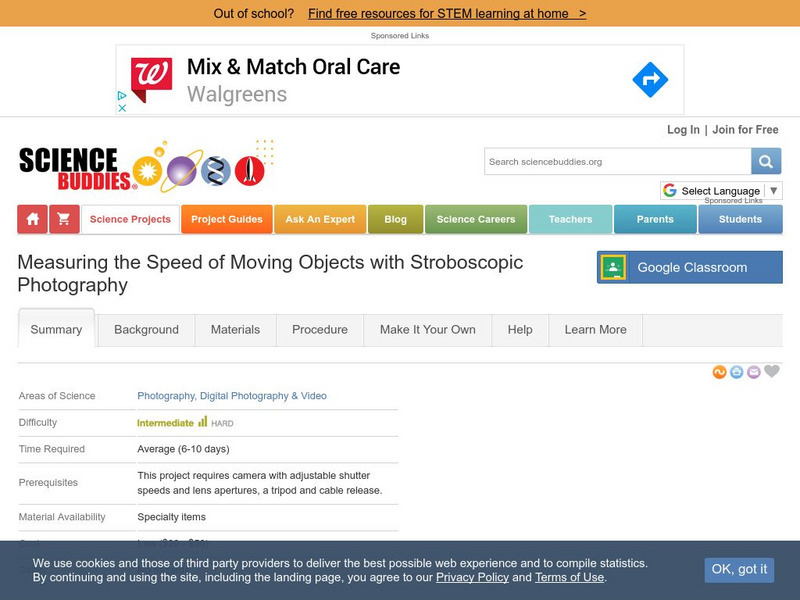
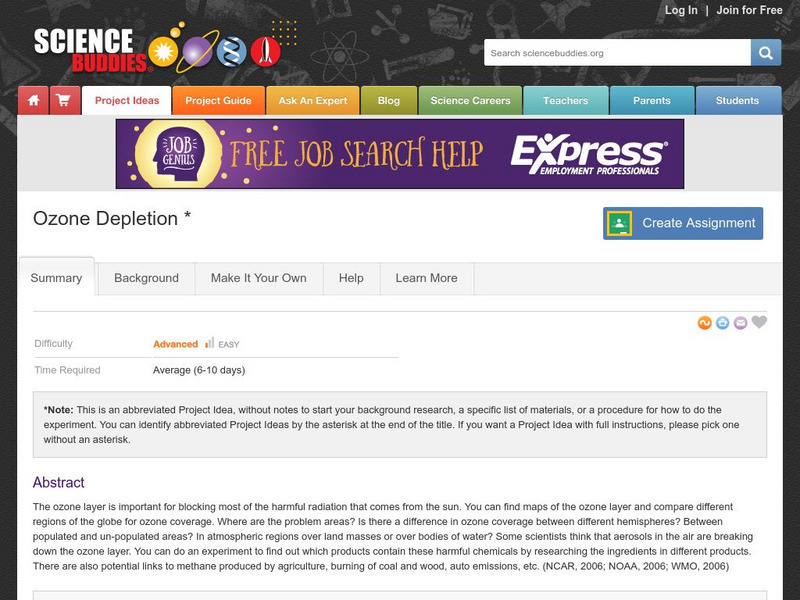







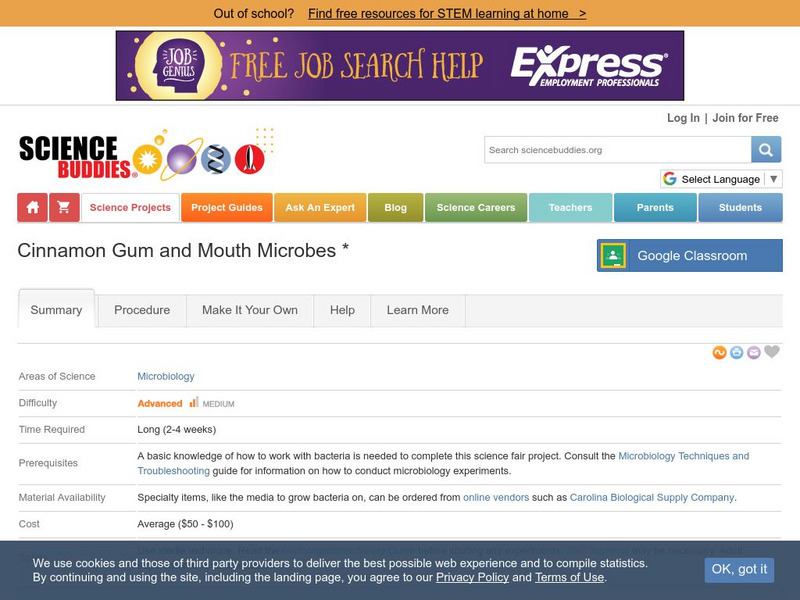


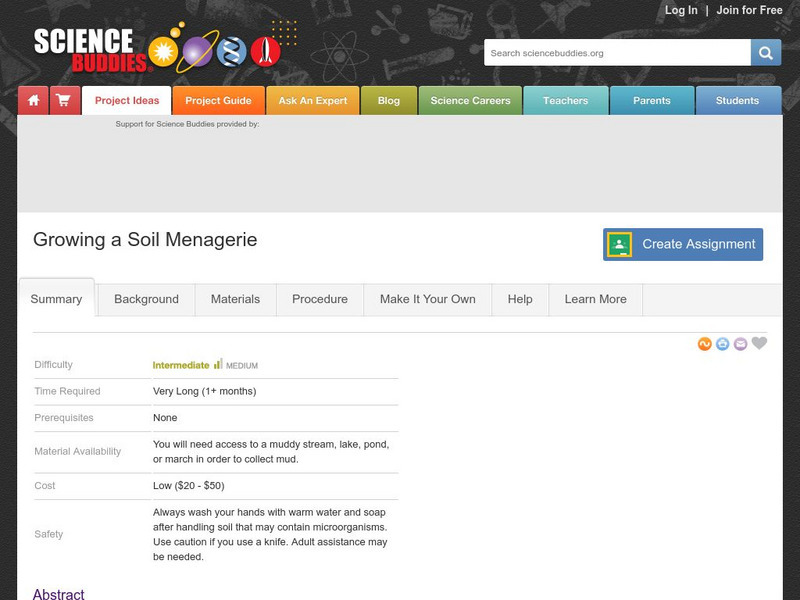


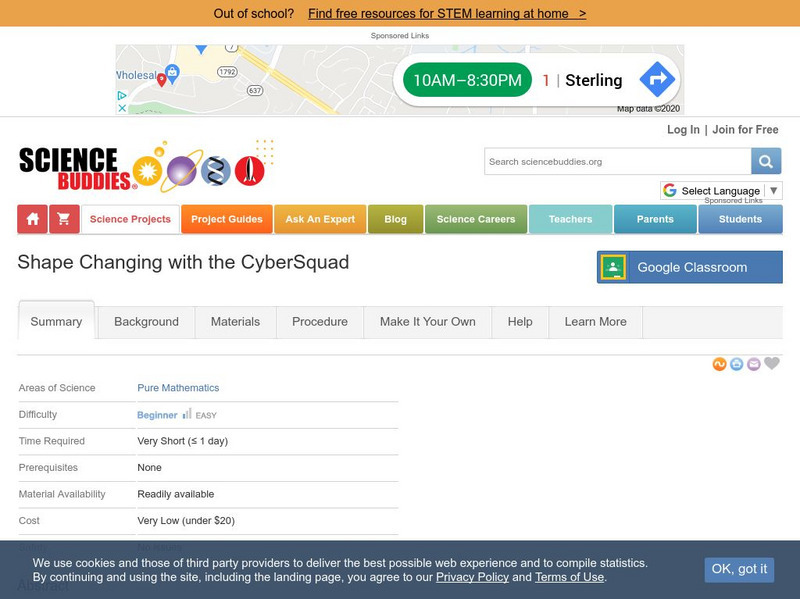
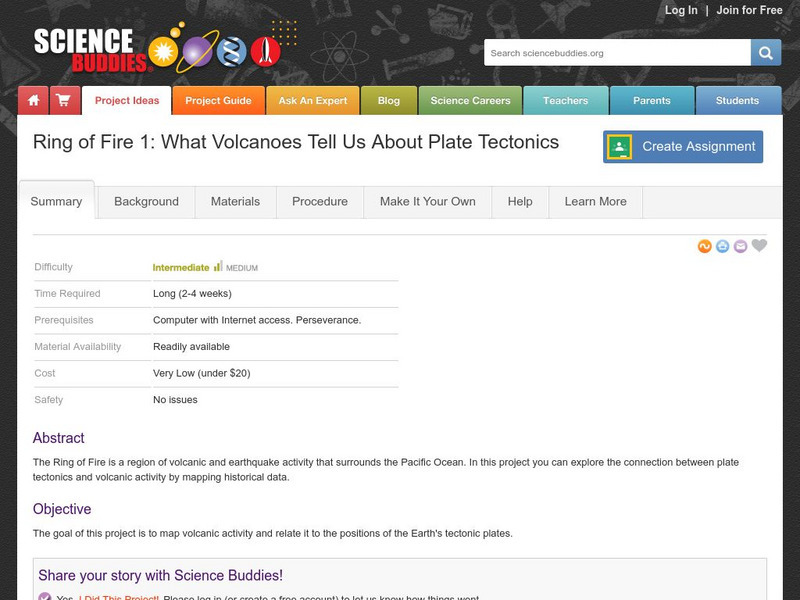
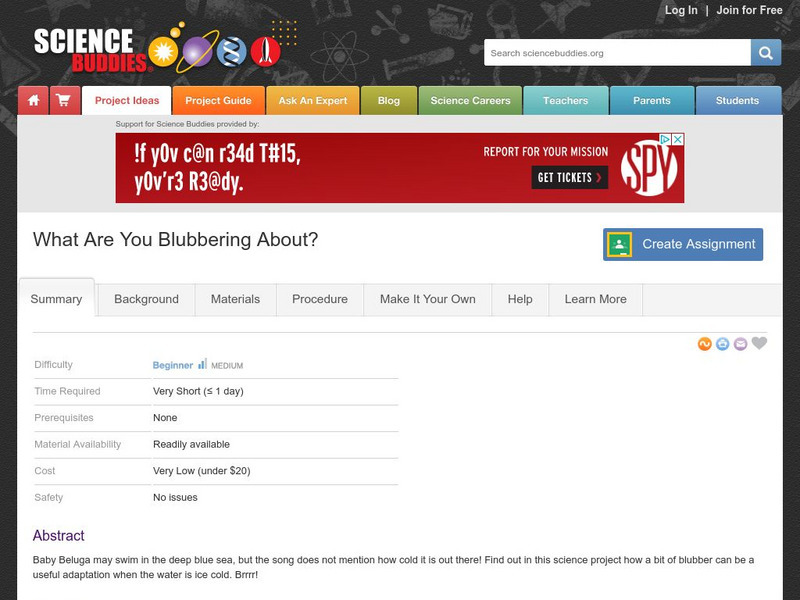


![Orca Book Publishers: Tj and the Rockets Teaching Guide [Pdf] Lesson Plan Orca Book Publishers: Tj and the Rockets Teaching Guide [Pdf] Lesson Plan](https://static.lp.lexp.cloud/images/attachment_defaults/resource/large/FPO-knovation.png)
